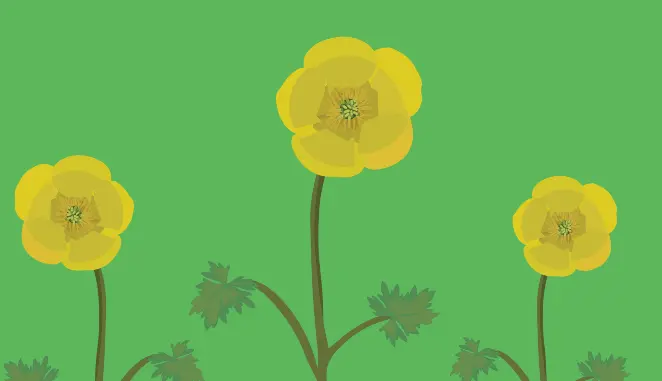Creeping Buttercup
What Is It?
The Creeping Buttercup, also known as Ranunculus Repens, is a very common perennial weed in the UK. It has 5 distinct, glossy yellow petals with the leaves being divided into three leaflets. The leaflets can either be hairy or smooth and the tips are sharply toothed. Due to its persistent creeping stems this weed can grow and spread quite fast if left uncontrolled. The most prominent time of year to come across this weed is at the start of spring and then between April and August. This weed causes problems due to ability to spread quickly thanks to its long, deep roots that establish themselves from each of the leaf nodes.

When Do They Flower?
April - August.
Treatment and Control
Culturally
This weed can be hand weeded but like most of the culprits on this list; the whole weed including the deeply established roots needs to be removed to have the best chance of it not returning.
Chemically
There are different weed killers available on the market today, it does just depend on how heavily affected your garden is. We thought we’d make it slightly easier and provide a bit of advice for small areas (where you may have the odd unsightly weed) and larger areas (where it’s an overgrown area, vastly populated by the overpowering little blighters).
Small Areas: Glyphosate, applied sparingly with spray (be wary of overspray), sponge or paint brush.
Larger Areas: Use selective weed killer such as Westland Resolva Concentrate as it targets the weed, not the lawn.
Did you know?
- The Latin name for the Buttercup, Ranunculus Repens, stands for ‘little frog’. This could be due to Buttercups being found mostly near water, much like frogs.
- The Buttercup is a toxic plant, so if you’re out and about you should NOT be tempted to eat them. You may end up with an upset stomach amongst other things.


